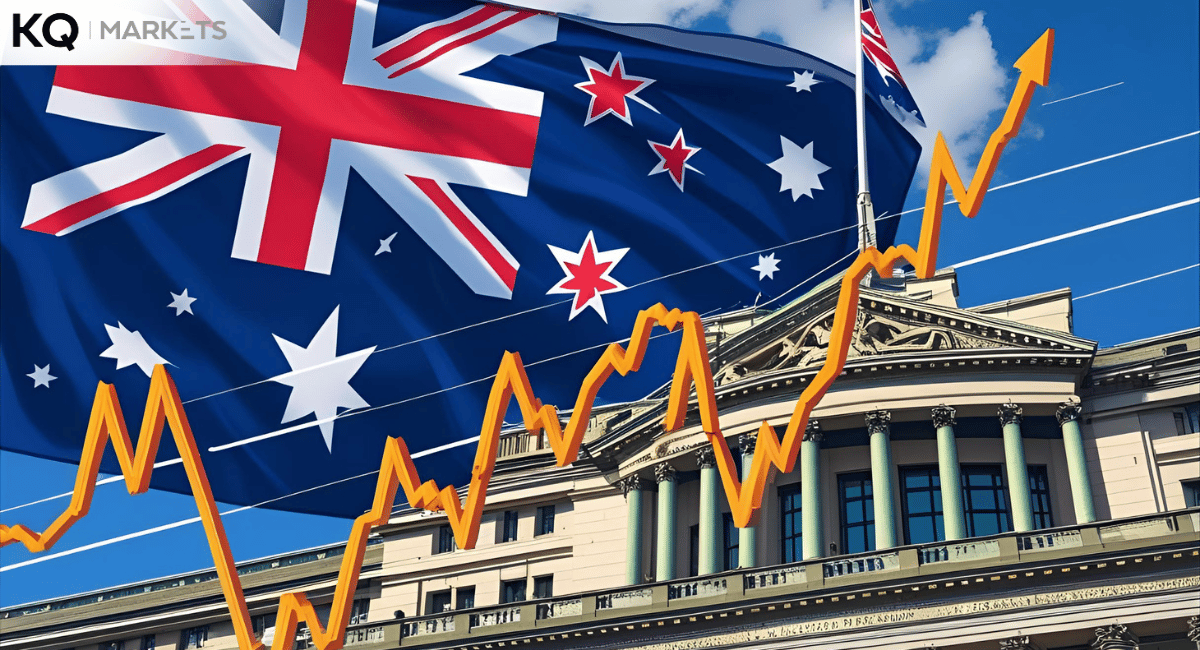The Federal Reserve left the target benchmark borrowing cost untouched after a series of rate hikes since early 2022 to curb inflation. Thus, the target funds rate remains at a 5% to 5.25% range after hitting its highest level since 2007. While experts predicted that the Fed would leave the interest rate on hold, they are unsure if it marks the end of the series of monetary tightening policies.
Meanwhile, the US headline inflation data indicated a steep month-on-month fall to 4% from 4.9%. Although the new rate is lower than the 9.1% last summer, it is still above the 2% target, so consumer prices will continue rising. The core inflation, which strips out volatile energy and food prices, rose by 0.4% in May. In addition, the recent low employment figures all signal a possibility of more borrowing costs hikes.
The FOMC (Federal Open Market Committee) will assess the apt monetary policy stance and monitor the impacts of incoming economic outlook data to adjust interest rates. If any risks to the 2% inflation rate target emerge, FOMC will adjust the monetary policy suitably. In general, the committee will assess various data like financial & international developments, inflation expectations, inflation pressures, and the labor market to adjust rates.
On the other hand, the Bank of England will release its bank rate on 22nd June. The UK could raise its interest rates to 4.75% or 5% from 4.5% since inflation is relatively high. In any case, the Office for National Statistics released its recent figure in May, indicating a drop in the headline rate from 10.1% to 8.7% in April. But the core inflation rose to 6.8% from 6.2%. Amid the oncoming bank rate decision, the ONS will update the inflation rate on Wednesday next week.
Talking to the press, Jeremy Hunt admitted Britain has no choice but to continue raising the borrowing cost to combat the rising prices. The ECB will also announce its interest rate on 15th June. Overall, the new European Central Bank interest rate will impact the borrowing cost across the EU trading bloc. Above all, the UK central bank, the ECB, and the US Federal Reserve have a mutual mandate to maintain a long-term 2% or lower inflation rate.
Analysts concluded that while leaving the rates at a current level is not a strange Fed move, this one feels significantly different. Remember, the Federal Reserve had announced a series of high rate hikes throughout the year. After consecutive rate hikes in 15 months and numerous supply chain shocks, the battle now turns against inflation. However, it is too early to rule out another rate hike. The Federal Reserve insisted they would decide an optimum interest rate based on core inflation and economic outlook data.





